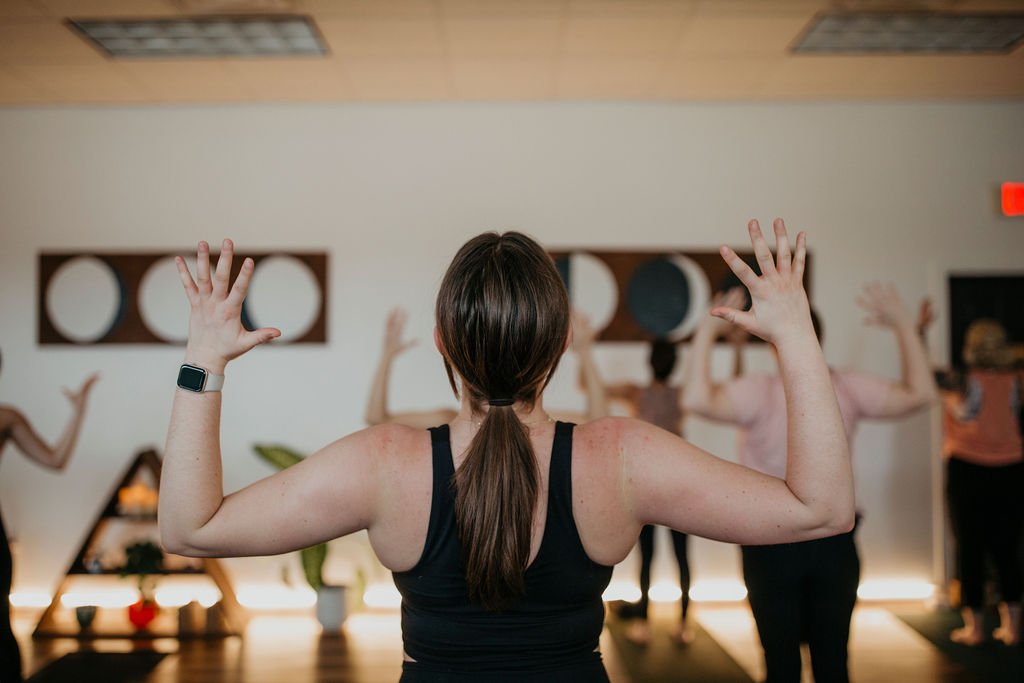In yoga, integrity refers to the alignment of one’s actions, thoughts, and values. It involves living with honesty, authenticity, and a sense of moral responsibility in all aspects of life. Integrity is one of the foundational principles of yoga, guiding us in our journey toward self-awareness, personal growth, and spiritual development. So how exactly can we apply integrity in our yoga practice? There are a few elements to consider. When you step on your mat, allow the intention of integrity to guide your physical movement, breath, and focus.
1. Asana (Physical Integrity)
When it comes to the physical poses of yoga, integrity refers to the positioning of your body in each posture to promote safety, stability, and optimal energy flow. It involves moving with awareness, mindfulness, and proper alignment. The goal of physical integrity is to prevent injury while promoting muscle engagement & strength, joint health and stability, and enhancing the mind-body connection.
2. Pranayama (Breath Integrity)
In Sanskrit, “prana” means life energy and “yama” means control. This gives us pranayama: regulation of your breath (or life force). Breath integrity means maintaining conscious, steady, and controlled breath throughout your practice. It involves aligning your breath with specific movements, patterns, and intentions. One example is inhaling when you’re opening your body (like in extended mountain pose) and exhaling when you are closing your body (like when you bow into a forward fold.) Another example is using breath focus to keep your awareness in your body and out of your head. By cultivating breath integrity, you can access the profound benefits of pranayama, supporting physical health, mental clarity, and spiritual awakening.
3. Drishti (Focal Integrity)
Drishti is a Sanskrit word that translates to “gaze” or “sight.” Finding a focused gaze or point of concentration plays a significant role in enhancing focus, balance, and inner awareness. Drishti can be used during the practice of asana, as well as meditation. Finding your Drishti in a balancing pose can help your stability in the posture as you fix your gaze on a specific spot in front of you. In meditation, finding your Drishti means focusing on a specific inner focal point to anchor your mind and deepen concentration. By integrating Drishti in your practice, you can experience deeper levels of presence, focus, and transformation on and off the mat.






